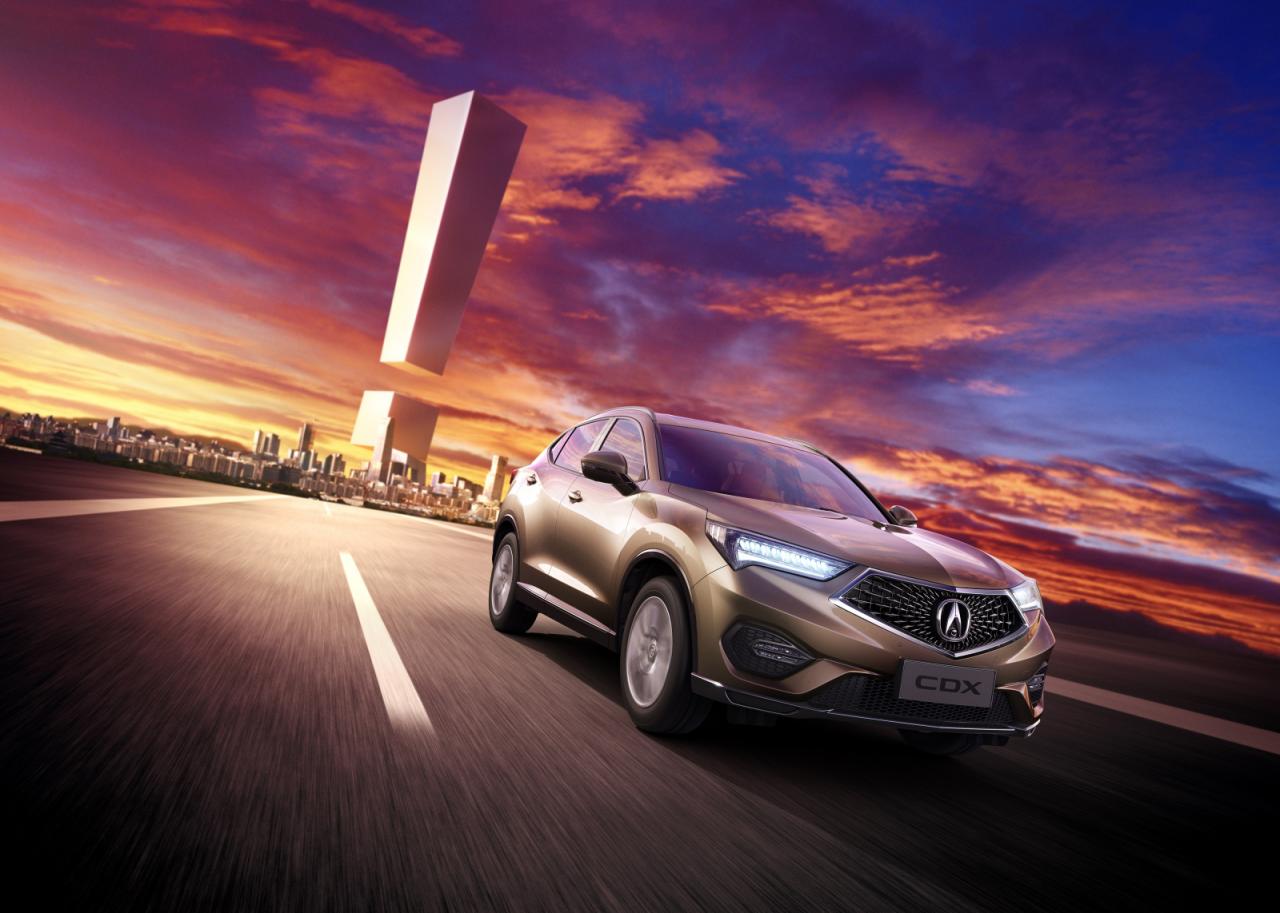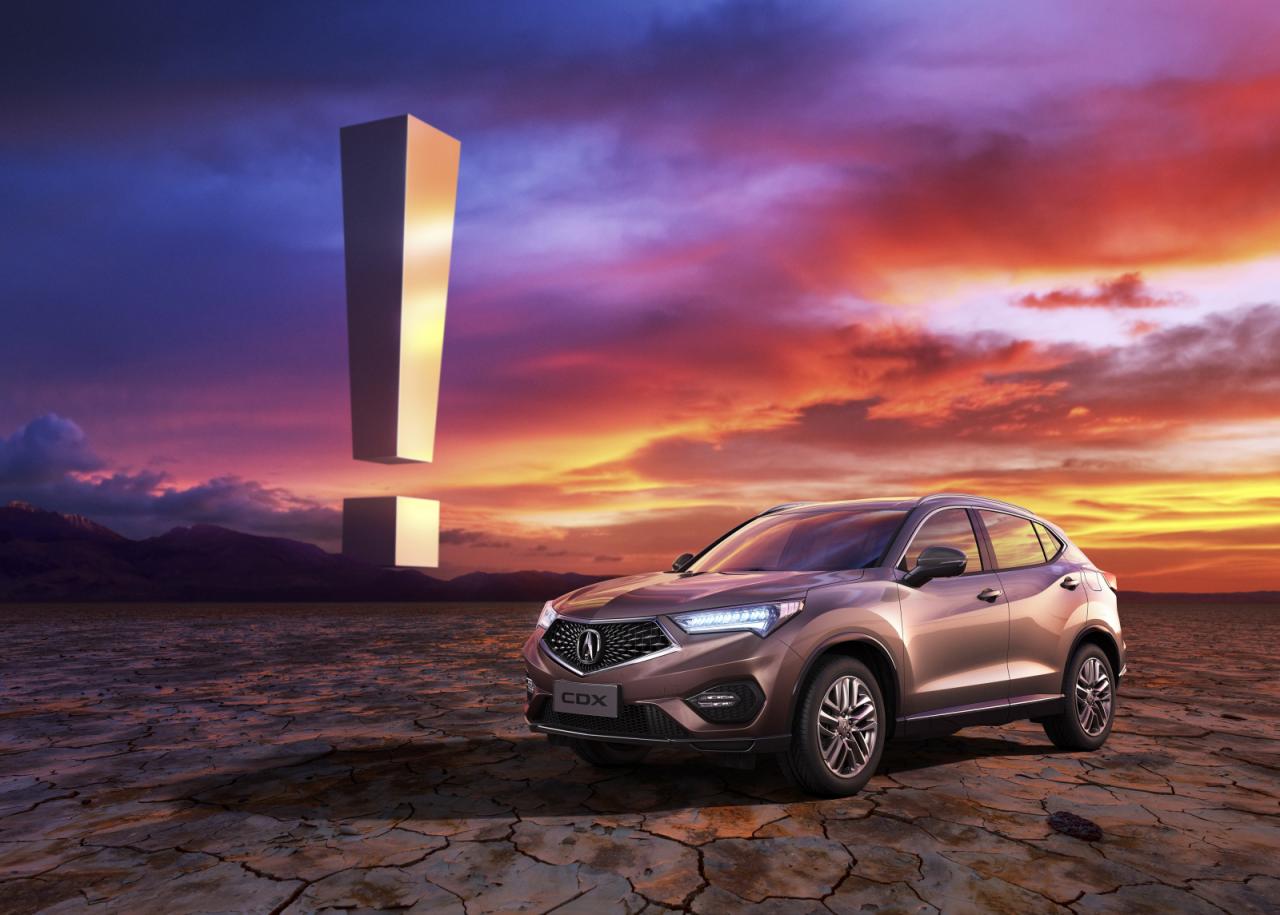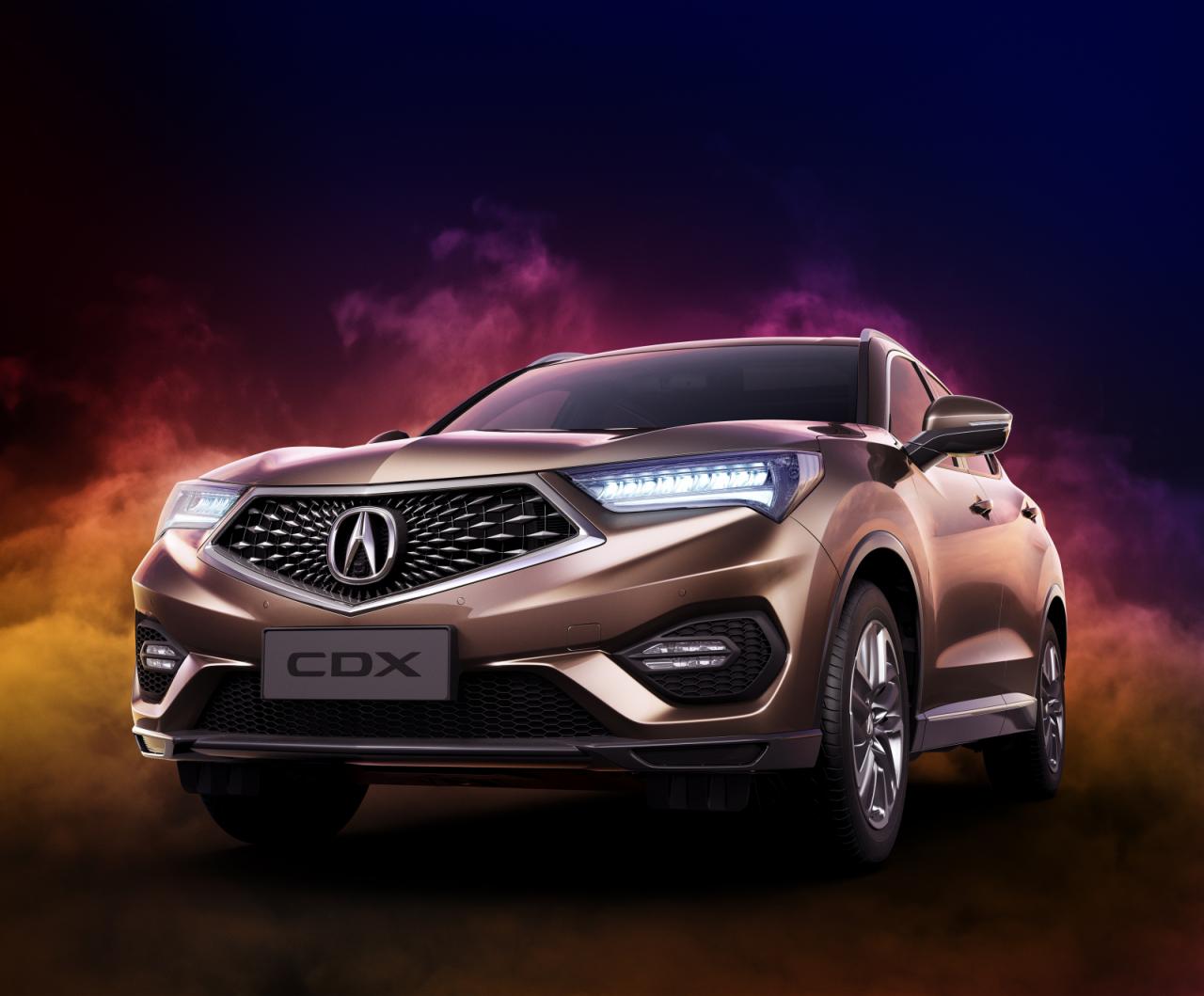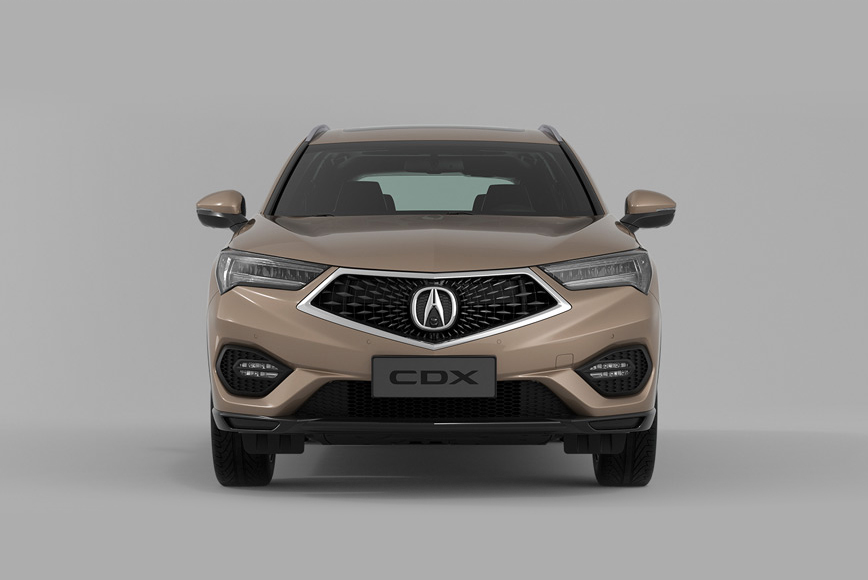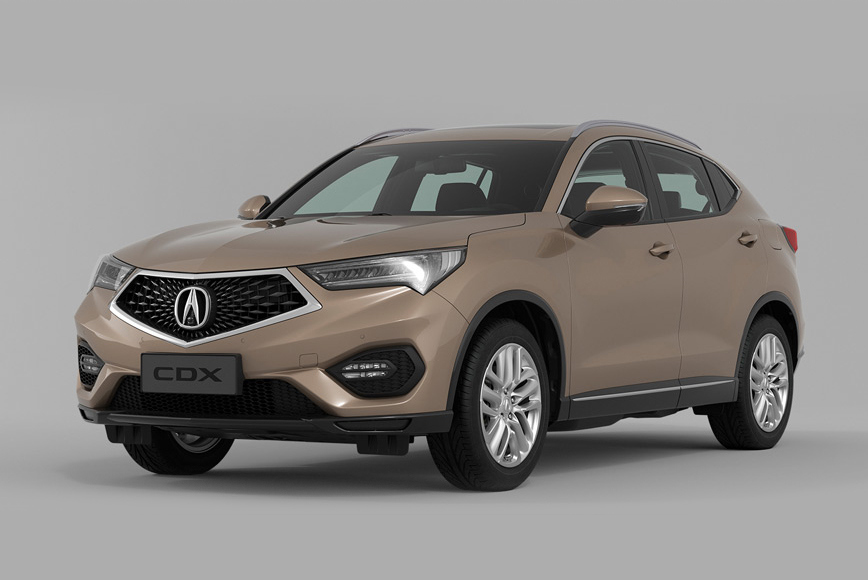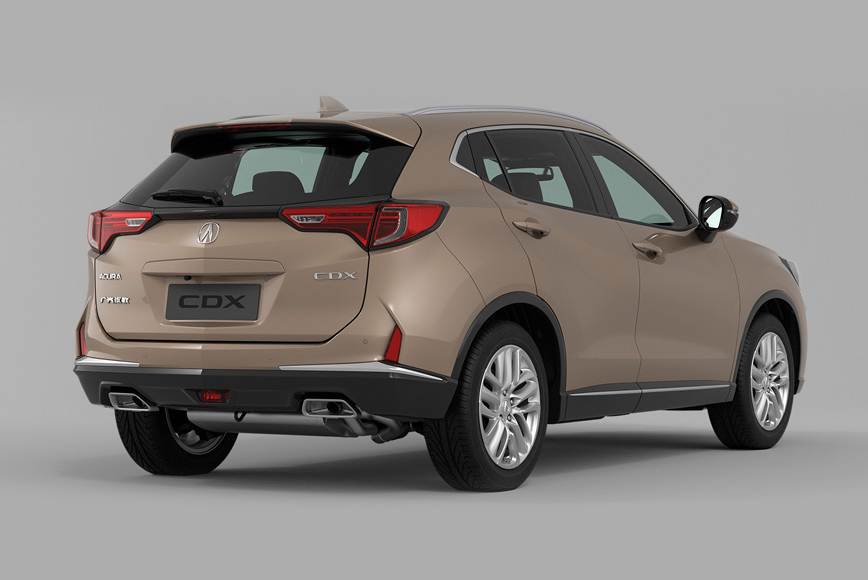2016 marks the tenth anniversary of Acura’s presence in China, but despite its connection to the country, the brand has never actually built a vehicle there. At the 2016 Beijing Auto Show, that all changed.
The luxury automaker debuted the all-new CDX SUV at the event, one that the manufacturer hopes will carve out a new market in China and increase its worldwide presence overall. Based on the same platform that underpins the Honda HR-V, the CDX is noticeably larger than its more frugal cousin, measuring in at 176.9 inches long, 72.4 inches wide, and 62.9 inches tall. For reference, that’s just a few inches smaller than the CR-V all around.
“In this milestone year, we will take new challenges for the Acura brand and products including the start of local production in China,” said Takahiro Hachigo, president of the Honda Motor Company. “With the ‘Acura Precision Concept’ at the core representing the future direction of Acura design, we will evolve the Acura brand and accelerate the localization of Acura business so that we can continue delivering products that go beyond the expectations of our customers.”
Powering the CDX is a 1.5-liter turbocharged four-cylinder that produces approximately 182 horsepower and 177 pound-feet of torque. That power is transferred to either the front or all four wheels via an eight-speed dual-clutch transmission, resulting in what Acura calls “a powerful driving experience.”
Related: Three’s company: Electric and Plug-In Hybrid models will join Honda’s Clarity Fuel Cell
Styling-wise, the CDX is heavily inspired by the striking Acura Precision Concept, right down to the huge front grille and gargantuan Acura emblem. It looks a little clunky at first glance, but we’d love to hear your thoughts in the comments.
The CDX goes on sale in China this July, with prices ranging from 250,000 to 300,000 yuan ($38,000 – $46,000). A version for the United States is rumored as well, but no official word on that yet.
Editors' Recommendations
- Audi GrandSphere concept shows how autonomy opens new design avenues
- New York Auto Show postponed due to coronavirus concerns
- New Hyundai Ioniq electric vehicle gets big boosts in range and horsepower
- Too hip for a minivan? Check out VW’s all-electric ID.Space Vizzion concept
- All-electric Mini Cooper SE road-tripped from San Francisco to Los Angeles
